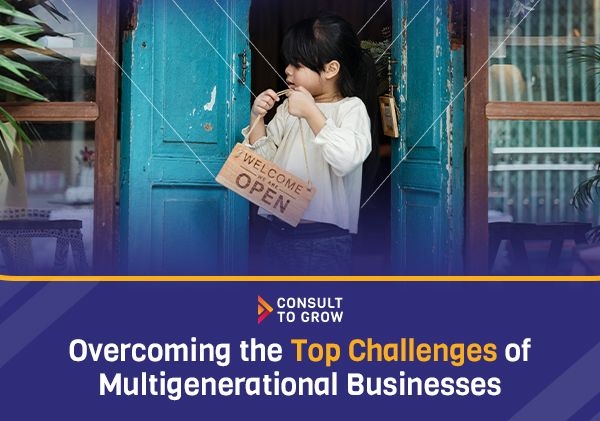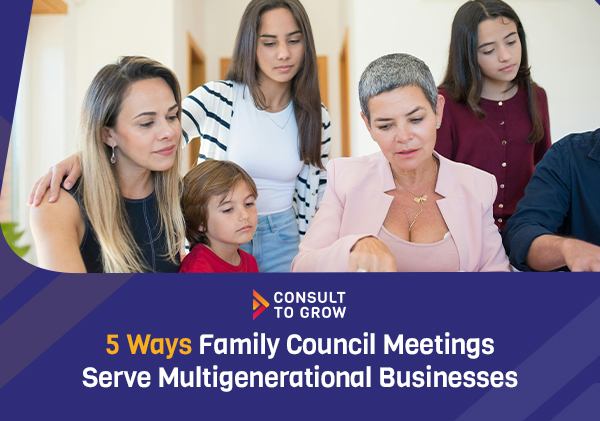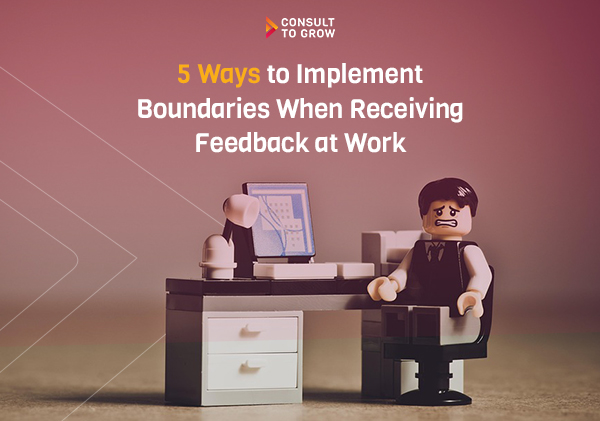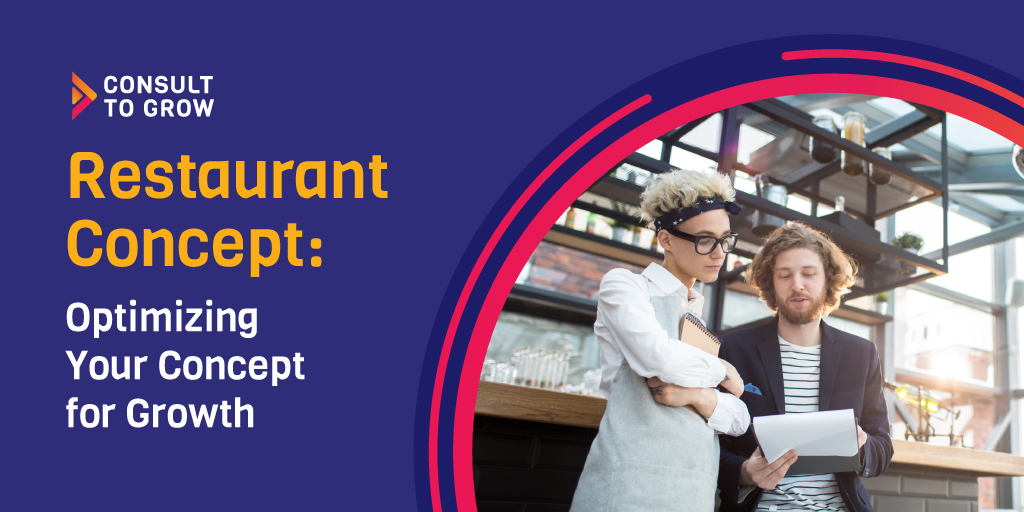
Are you creating a restaurant concept from scratch or scaling an existing one? Either way, clarity and alignment around your concept with your partners and team can make the difference between thriving and surviving. A well-defined and optimized restaurant concept is crucial for winning in the competitive restaurant industry. In this post, I want to explore what a “restaurant concept” means and provide a roadmap for entrepreneurs and leaders to optimize their concepts for startup or growth. Let’s jump into it.
What is a “Restaurant Concept”?
In our industry, a “restaurant concept: refers to the overall idea or theme that defines your business. This encompasses the style of food, service, ambiance, and overall dining experience you offer. A strong concept is the foundation for every aspect of your restaurant, guiding decisions on everything from menu design to kitchen design. Ideally, your restaurant concept will allow you to stay ahead of your competition by building a core sustainable competitive advantage that is unique and enduring to set your business apart and allow you to maintain a dominant position in the market over the long term. Be sure to read our blog post: Competition Proof Your Concept: identify and Nurture Your Restaurant’s Competitive Advantages.
Let’s go through five key aspects to focus on for achieving restaurant concept clarity:
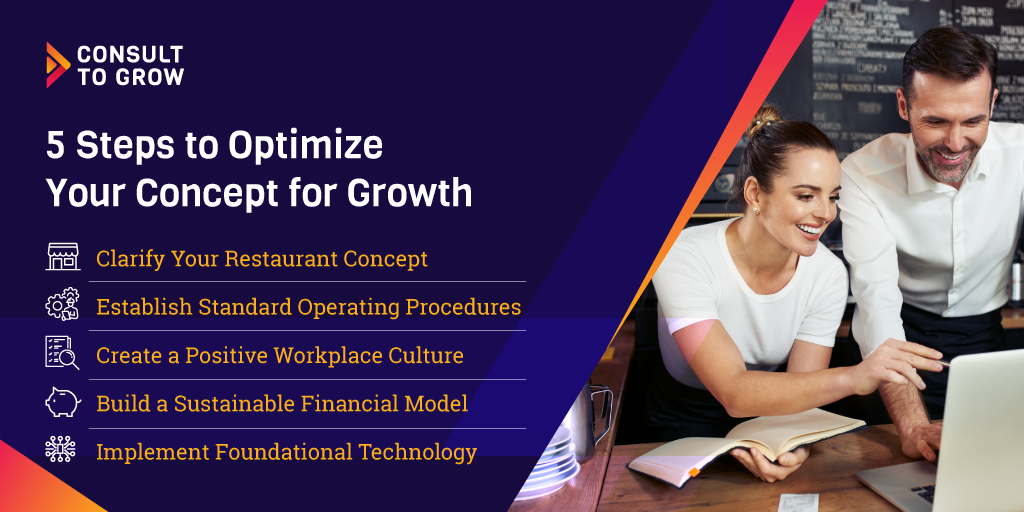
1. Clarify Your Restaurant Concept
First, the clearer you are about your vision for your concept’s product, format, ideal location(s), target guests, and desired reputation, the more likely you are to achieve it. It’s essential not only to define these elements but also to document them clearly, ensuring that everyone on your team understands and embraces what makes your vision unique!
Concept Clarity Must Haves:
- Product: Define the type of cuisine you will offer. Is it Italian, Mexican, farm-to-table, or fusion? Your menu should reflect your culinary focus.
- Format: Decide on the service style (e.g., fast-casual, fine dining, food truck) that aligns with your product.
- Ideal Location(s): Define the attributes of locations and real estate where your target market is concentrated and where your concept can thrive.
- Target Guests: Identify your primary customer demographics, their preferences, and dining behaviors.
- Brand Reputation: Build a brand that resonates with your target guests, reflecting your restaurant’s values, mission, and vision.
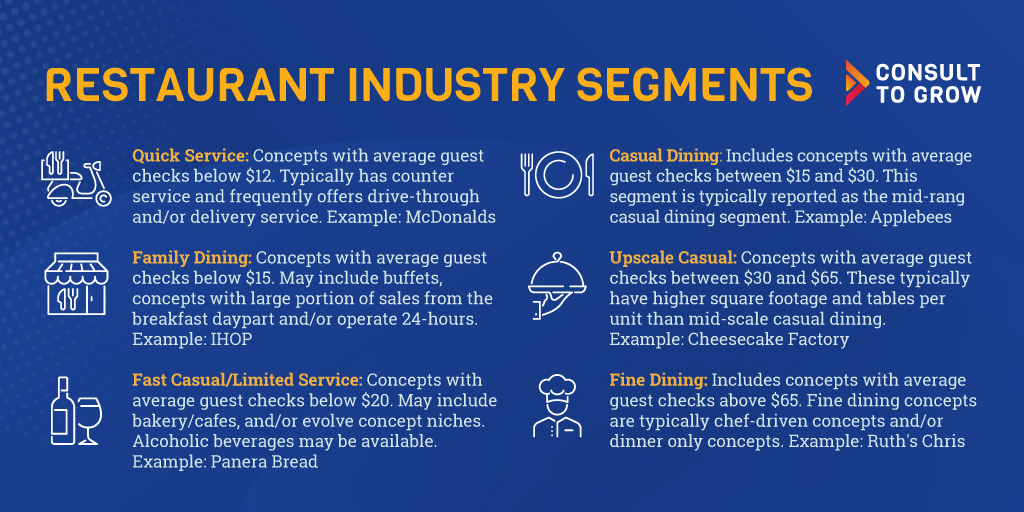
2. Establish Standard Operating Procedures (SOPs)
Second, customers crave consistency. Think about any national restaurant or retail brand you’ve ever visited. How would you feel if the fries tasted different at every McDonald’s? Or how frustrating would it be if your favorite grocery store moved the milk to a different location each time you shopped?
Whether it’s the menu, the quality of the food, or the overall dining experience, guests expect a reliable and predictable experience every time they visit. Consistency builds trust, encourages repeat business, and fosters positive word-of-mouth marketing. Achieving remarkable consistency requires meticulous planning and execution, which can be effectively managed through Standard Operating Procedures (SOPs).
Standard Operating Procedure Must Haves:
- Recipe Standardization: Detailed instructions for each menu item to ensure consistent taste and presentation.
- Service Protocols: Steps for greeting, seating, serving, and billing guests to deliver a uniform dining experience.
- Food Safety Procedures: Guidelines for handling, storing, and preparing food to maintain hygiene and prevent contamination.
- Cleaning and Sanitation: Regular cleaning schedules and checklists to ensure a clean and safe environment.
- Operations Manual: Guide detailing daily procedures, employee roles, emergency protocols, and best practices for efficient restaurant operations.
3. Create a Positive Workplace Culture
Next, you must create systems that mirror the experience you envision for your guests within your team. Just as air shapes the atmosphere everyone breathes, both team members and customers feel the culture when they enter your restaurant. Cultivating a positive workplace culture requires intentional design—not assuming it will happen naturally. This means establishing clear policies, defining roles, documenting and verifying training, and attracting and retaining top talent.
Workplace Culture Must Haves:
- Compelling Culture: Foster a workplace culture that aligns with your brand values and engages employees.
- Defined Roles and Responsibilities: Clearly outline job roles and expectations to avoid confusion and overlap.
- Handbook and Policies: Maintain an up-to-date employee handbook that covers policies, procedures, and company culture.
- Able to Recruit/Retain: Develop strategies to attract and retain top talent, including competitive benefits and career development opportunities.
- Training to Role and SOPs: Provide thorough training programs to ensure staff are competent and confident in their roles.
4. Build a Sustainable Financial Model
To open or expand a scalable restaurant, a profit-generating sustainable model is essential. Without profitability, a business can quickly turn from a dream into a nightmare. Owners sometimes hesitate to discuss profit, but it’s crucial for job creation, scaling, and growing a restaurant concept. Achieving this involves being sales-driven, controlling costs, and generating a return on investment, all of which rely on unit-level systems and robust reporting routines.
Sustainable Financial Model Must Haves:
- Sales Driven: Develop strategies to drive consistent sales growth, such as marketing campaigns and special promotions.
- Food Cost Controlled: Implement cost control measures to manage and reduce food waste.
- Labor Cost Controlled: Optimize scheduling and labor management to keep labor costs in check.
- Profit to Repay Investors and/or Grow: Ensure your financial model supports profitability, enabling you to repay investors and fund growth initiatives.
- Financial Reporting Routines: Establish regular financial reporting practices to monitor performance and make informed decisions.
5. Implement Foundational Technology
Finally, technology is crucial in shaping our restaurants, impacting operations, enhancing customer experiences, and driving progress and growth through insightful reporting. It’s not just a tool anymore; technology has evolved into a strategic asset that empowers restaurants to achieve their full potential by fostering innovation, continual operational enhancements, and alignment with their vision. Ensuring a robust, integrated tech stack is essential for driving tangible results and staying competitive:
Tech Stack Must Haves:
- Point of Sale (POS): Invest in a reliable POS system to streamline transactions and track sales data.
- Digitally Enabled: Embrace digital solutions for reservations, online ordering, and delivery services.
- Labor Management: Use technology to optimize labor scheduling and track employee performance.
- Loyalty/Guest Management: Implement loyalty programs to encourage repeat business and enhance guest engagement.
- Back Office: Utilize software for inventory management, financial reporting, and other back-office functions.
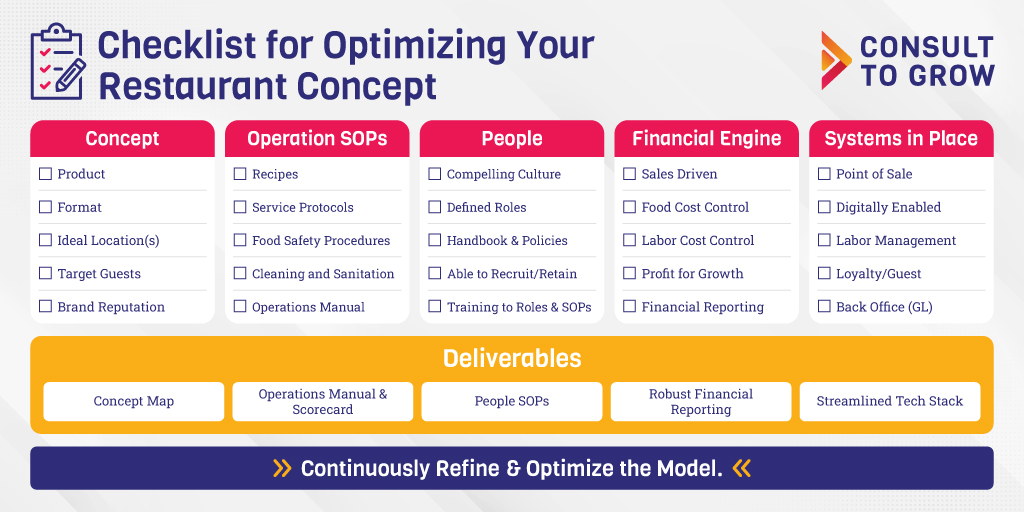
Conclusion
A well-thought-out restaurant concept is not static. It should be continuously refined and optimized to ensure you scale solutions rather than problems. By focusing on these key aspects, you can create a robust foundation that supports sustainable growth and long-term success.

